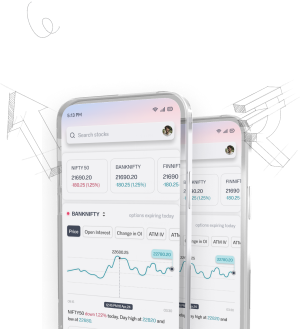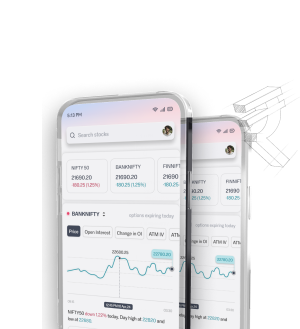Scalping on Breakouts vs Reversals: Which Works Better?
Nothing beats the thrill of driving a powerful bike in the mountain twisties, and of course, scalping in a fast-moving market—especially on breakouts and reversals.
However, if you had to pick one among breakouts and reversals to trade, what would it be?
Let’s First Look at the Pros and Cons of Both:
Breakouts
Imagine a coiled spring ready to explode! That's a breakout. Whenever price has been consolidating for a while, it eventually breaks through a key level and explodes in a set direction.
Pros:
- High momentum trades with explosive potential.
- Often accompanied by strong volume, which can act as a confirmation.
Cons:
- Susceptible to false breakouts, leading to losses if not managed well.
- Requires patience to identify a solid breakout setup.
Reversals
These are like catching a falling knife (not literally, please!). Whenever the price hits a wall (support/resistance), stalls, and then…reverses course. These can be tricky but potentially rewarding if you time it right.
Pros:
- Occur more frequently than breakouts.
- Suitable for range-bound markets and traders who like placing more trades.
Cons:
- Requires stricter stop-losses due to high risk.
- Can be hard to time correctly, leading to missed opportunities or false starts.
Which is Better?
The answer isn’t as simple as picking between black and white. Both strategies complement each other.
When to Choose Breakouts
- For traders who prefer to wait and place a few trades.
- Ideal if you want to trade explosively and with strong confirmation.
- Breakouts can be spotted through various indicators and chart patterns.
When to Choose Reversals
- For traders who want to place more trades with stricter stop losses.
- Best for those who see opportunity where others see doom.
- Reversals occur more frequently, both in range-bound and directional markets.
The Truth
There’s no universal solution. Your choice depends on your personality, risk tolerance, and trading style. However, since you’re scalping, switching to a smaller time frame makes more sense.
So, why limit yourself and stick to one strategy? 😋
Disclaimer
The content provided is for educational purposes only and does not constitute financial advice. For full details, refer to the disclaimer document.




